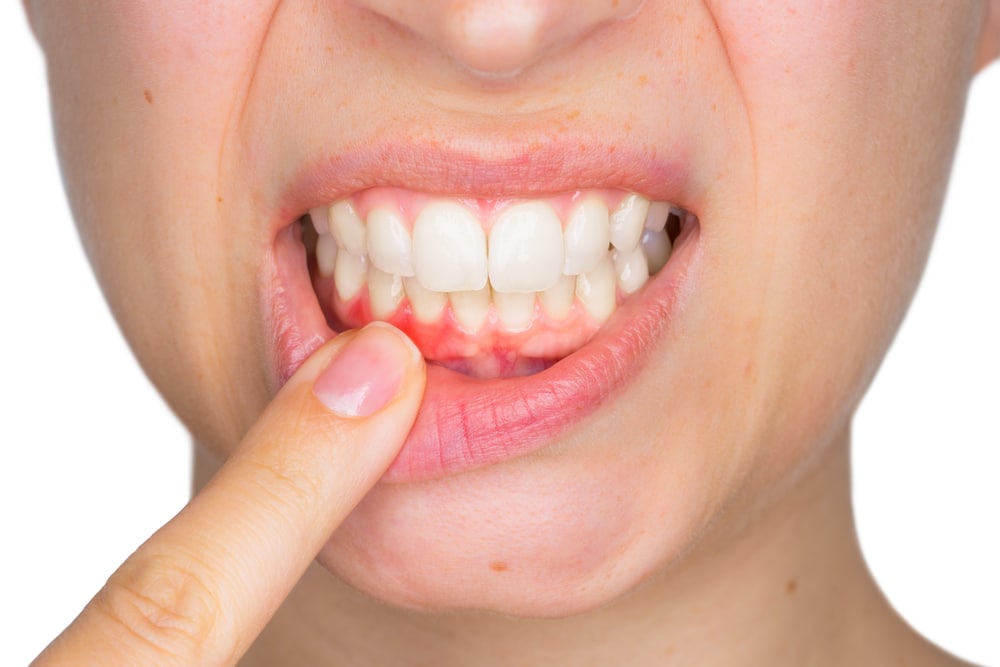Most people will experience gum disease at some point or another in their lives. Formally, and less commonly, referred to as “periodontitis” or “periodontal disease”, gum disease is the result of bacterial growth in your mouth that becomes out of control. Ultimately, gum disease can result in tooth loss due to destruction of the tissue that surrounds your teeth, so it’s absolutely essential that you seek appropriate treatment and change your dental hygiene habits as soon as symptoms of gum disease arise. Here’s a little more information on the subject that can help you along the way!
How Gum Disease Develops
Chances are that you’ve heard the terms gingivitis and gum disease used hand in hand or even interchangeably. What’s important to know is that gingivitis is the official term for gum inflammation and while it is not the same as gum disease, it does usually precede gum disease if you fail to have it seen to. Not all gingivitis progresses has to progress to the stages of periodontitis.
The early stage of gingivitis sees bacteria found in the plaque on your teeth build up. This can result in sore and inflamed gums that bleed during regular tooth brushing. During stages of gingivitis, the teeth are still firmly in their socks and no bone damage or irreversible tissue damage has taken place. The good news is that there is time to resolve gingivitis before it progresses to more serious stages of gum disease.
What’s most important? That cases of gingivitis are treated. Left to its own devices without any intervention, it can quickly advance to gum disease, which sees the inner layer of the gum and bone pull away from the teeth. This forms pockets, which create further space for bacteria to grow and where debris can collect, causing infection.
The bacteria in plaque creates toxins or poisons, which can then begin to break down the bone and connective tissue that hold your teeth in place. As this continues, the pockets can become deeper, leading to the destruction of more tissue and bone, which can result in loose teeth and tooth loss.
Preventing Gum Disease
Of course, nobody wants to experience tooth loss. So what can you do to prevent gum disease? The answer is to maintain a good plaque control routine. When it comes down to it, this is simple. You just need to be organized and dedicated. A good plaque control routine will mean visiting your dentist for a check up and professional cleanings at least twice a year. You should also practice proper daily brushing and flossing. This will help to remove plaque both the surfaces of your teeth and the spaces between your teeth. Antibacterial mouth rinses are also highly recommended.
If you have any concerns about gum disease, feel free to reach out to us here at Scott Chandler DMD in Park City, Utah. We’ll be able to do whatever it takes to get your oral and dental hygiene back on track and prevent issues that could lead to tooth loss or other potentially serious problems.

